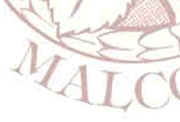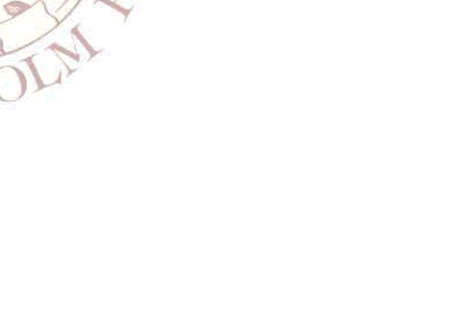The following instruments are more recent additions:
Harpsichord after a Florentine original in the Grassi Museum, Leipzig, mid 18th century, perhaps by one of the Migliai family. This instrument has very close connections with the work of Cristofori; considering the links between Florence and the Spanish Court, it offers an insight into one of the types of instrument associated with Scarlatti. 2 x 8', original compass GG – f³, but it can be extended to FF-g³. Case of poplar, veneered.
Harpsichord after Johann Heinrich Gräbner, Dresden 1722. The Gräbners were an extensive and prominent family of organ builders and harpsichord makers. Four harpsichords remain, of which this is the earliest. 2 x 8',
1 x 4', original compass FF – d³. Case of poplar, veneered.
Spinet after Keene & Brackley, c. 1715. The original instrument was owned for many years by John Barnes in Edinburgh; he used it as the basis for his well-known book, Making a Spinet by Traditional Methods.
Single 8' register, compass GG to e''' without GG# or d#'''. Case of walnut.





